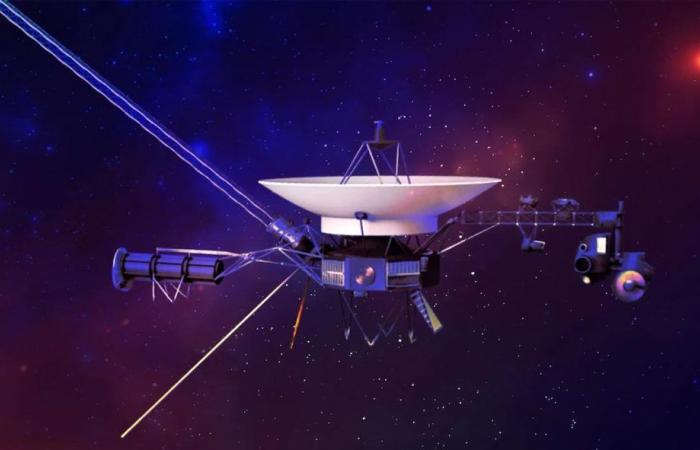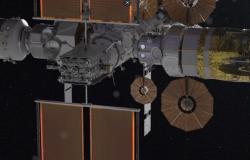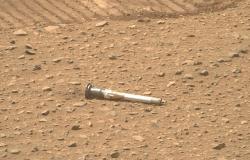Good news, the engineers of the POT They have managed to completely restore the functionality of the space probe Voyager 1 after overcoming more than seven months of technical difficulties. It must be remembered that in November 2023, the probe – which is more than 15 billion miles from Earth – began sending strange and unreadable data, which led the team to work intensively to identify the cause of the problem.
Luckily, in April, the team identified that the problem lay in corrupt memory in the probe’s flight data system (FDS). Subsequently, they managed to restore the functioning of two of their scientific instruments. Now, according to NASA, all four Voyager 1 instruments have returned to sending readable data. This probe, launched in 1977, continues to operate in an astonishing manner, allowing the resumption of its direct studies of interstellar space.
NASA’s Voyager 1 continues to be a great help
NASA’s Voyager 1 probe has resumed scientific operations for the first time following the technical problem that arose in November 2023. After May 19, the control team executed the second phase of the repair process, sending a command to the probe to begin transmitting scientific data and two of the four scientific instruments returned to their normal operating modes immediately, now the rest – another two – They are already returning useful scientific data so plasma waves, magnetic fields and particles are reviewed.
Although Voyager 1 has resumed scientific activities, additional work is still required to fully correct the effects of the problem. Among other tasks, engineers must synchronizere-install the timing software on the three computers on board the probe so they can execute commands at the right time. Additionally, maintenance will be performed on the digital tape recorder, which records some data from the plasma wave instrument and sends it to Earth twice a year.
A mission that has a future
It must be remembered that Voyager 1 and its twin, Voyager 2, are the only probes that have been able take direct samples from interstellar spacea region that lies outside the heliosphere, the protective bubble of magnetic fields and solar wind created by the Sun.
Voyager 1 is more than 15 billion miles (24 billion kilometers) from Earth, while Voyager 2 is more than 12 billion miles (20 billion kilometers) from the planet. Both probes will celebrate 47 years of operations this year, being the NASA’s longest and most distant missions. The two probes flew by Jupiter and Saturn, while Voyager 2 also passed close to Uranus and Neptune.
Voyager’s Legacy
The Voyager probes have left an indelible mark on space exploration. Since their launch in 1977, these spacecraft have provided an invaluable amount of scientific data that have significantly expanded our knowledge of the solar system and interstellar space. Its ability to operate for so long in extreme conditions is a testament to the robust engineering and dedication of the NASA team.
Voyager 1, now fully operational again, will continue its mission to explore the limits of interstellar space, sending back valuable data that will help scientists better understand phenomena that occur beyond the direct influence of the Sun. As they continue on their journey, these probes continue to represent one of the greatest achievements in space exploration, defying expectations and pushing the boundaries of what is possible.
Follow all the information Five days in Facebook, x and Linkedinor in our newsletter Five Day Agenda






